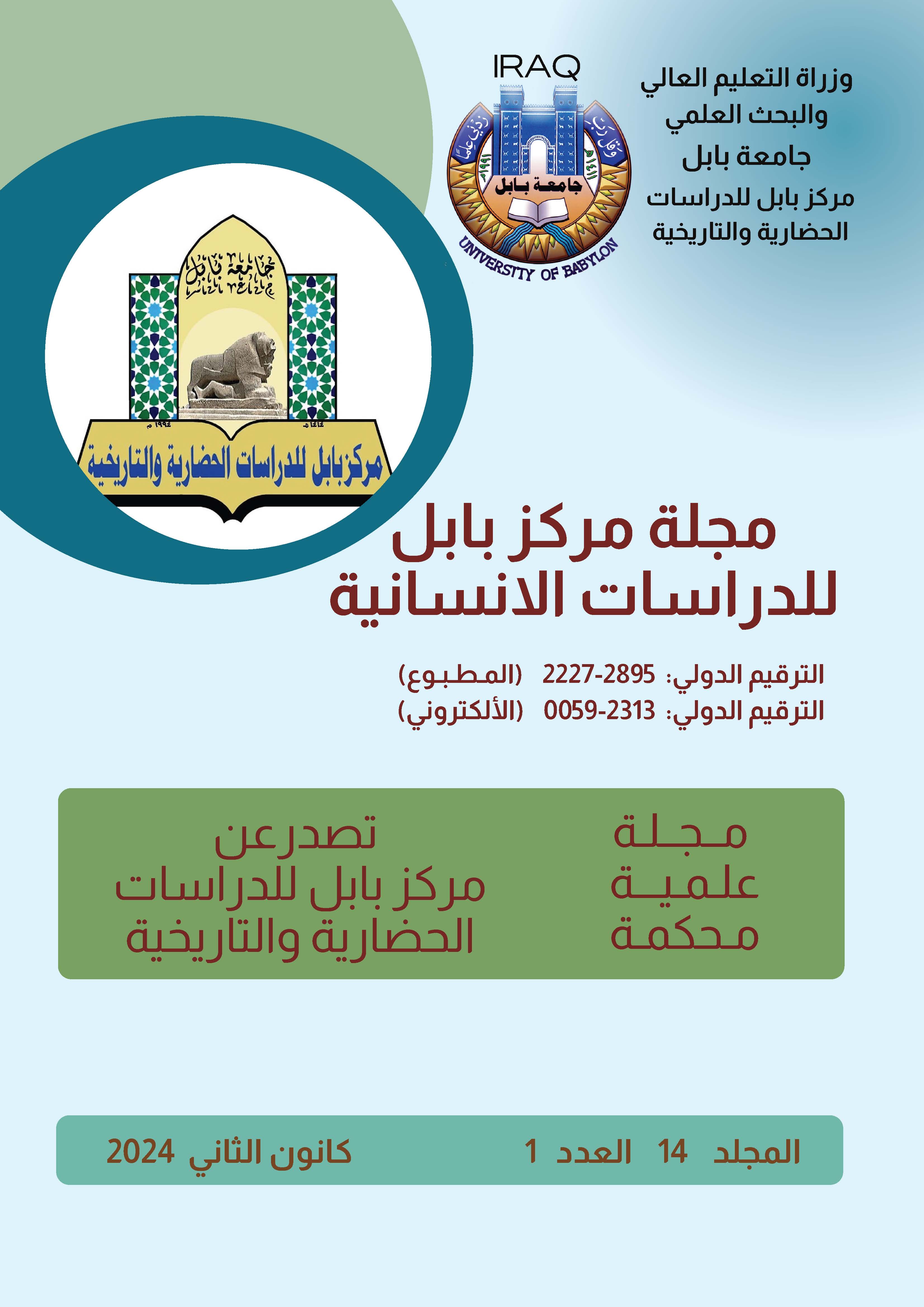(The economic life in the province of Sijistan during the era of its governor, Khalaf bin Ahmad al-Sijistani)
Keywords:
economic life in Sijistan province, agriculture, industry, trade.Abstract
During the reign of Prince Khalaf bin Ahmed al-Sijistani, who dates back to the Saffarid Emirate that appeared in the Islamic East, and whose rule was ruled by many princes until Prince Khalaf took over the rule of Sijistan, and Sijistan at that time was suffering from many internal rebellions that directly affected economic life, especially the conflict Among the members of the same family as well as the external conflict such as the Samanid Emirate, which was in constant conflict with the province of Sijistan. Despite that, however, Prince Khalaf bin Ahmed was one of those who cared about agriculture, industry and trade in the province of Sijistan and strived hard to preserve it by encouraging the people of the region to diversify the sources of income In Sijistan, agriculture was continuous in its cities, as well as industry, as the cities of the region were famous for many handicrafts The cities of the Sijistan region were rich in agricultural resources, including trees, fruits, jujubes, and palm trees, in addition to the cultivation of wheat and barley. The presence of rivers in them is one of the factors that favor the growth of agriculture. As for the second point, we talked about industry in the Sijistan region, as many of the people of Sijistan excelled in industries, especially industry. Hand-made mats, zanabils, and drums. The cities of Sijistan were more famous than other cities of the bright provincesThey excelled in manufacturing mills, and they were also famous for manufacturing some medicines from snake venom. This was helped by the presence of raw materials that enabled the people of Sijistan to pay attention to this important economic aspect, while the third point was devoted to talking about trade, and we divided it into two types: internal trade and foreign trade, as it is Trade is the backbone of economic life in Sijistan, especially as it was a crossroads for internal and external trade routes As it is considered a crossing point for the countries of Sindh and India, the cities of Sijistan were also famous for the presence of many markets in which goods were exchanged between them and other cities. The presence of the Hindmand River greatly helped in the movement of ships, which facilitated the process of transporting goods to other regions. The Sijistan region had important trade relations with Islamic cities. The princes of the region were keen to continue these relations because of their financial returns that contribute to the growth and development of economic life.







